During the first weekend in May, we visited two of the wetland wildlife refuges in Kansas. We registered for a birding tour that was based in Great Bend. This tour included travel to Great Bend by mini-bus. May is the month when many bird species are in the Spring migration to the northern hemisphere. Most of the birds that we would be seeing, would be shorebirds.
On arrival, we stopped at the Cheyenne Bottoms refuge, where we became familiar with the area and what we could expect to see over the weekend. Later, we checked into the hotel and headed to dinner.
The following morning, at sunrise, we made our way to the Quivira refuge that is located a few miles south of Great Bend. Here, we spent a couple of hours, where we saw many of the shorebirds up close. Many of these birds probably arrived at the refuge during the previous night.
There were several different bird species at this stop. I made an image of a Black-Necked Stilt that was wading through the water close to the shore.
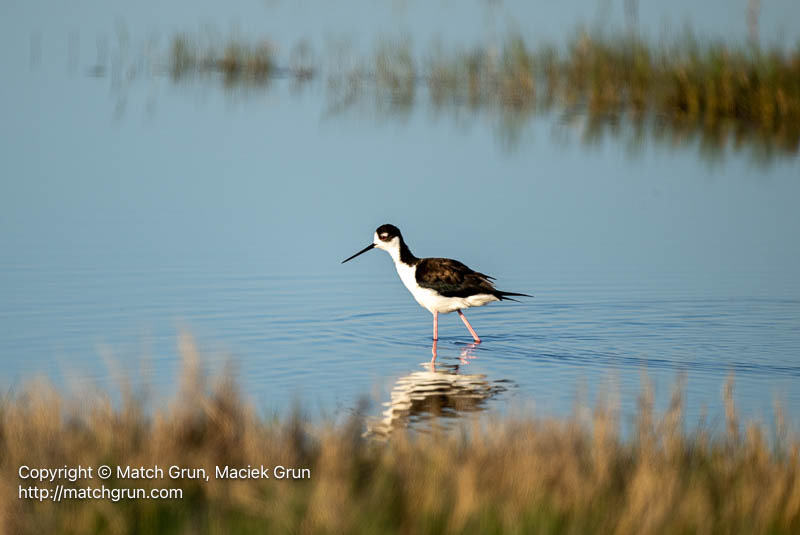
Several Stilts were located in this pond. Occasionally, they moved to different locations around the pond as they were feeding. In the following image, we see a Stilt in-flight to another location.
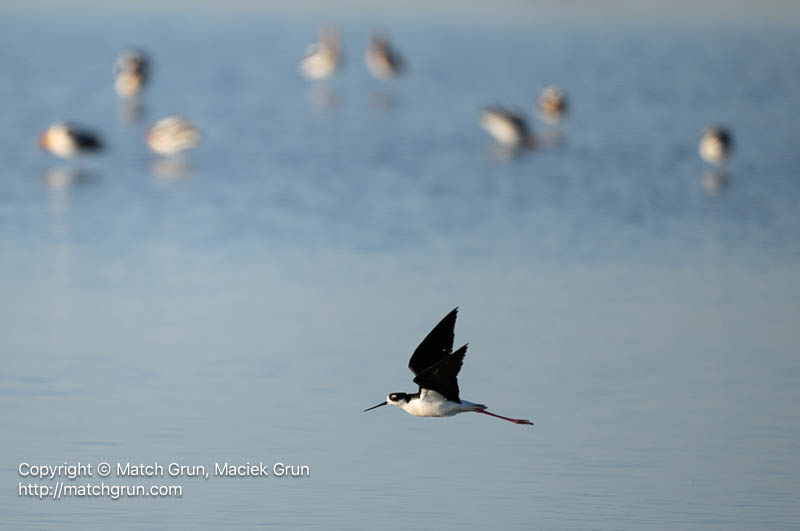
The American Avocet is another species that we found in the same pond. In the image above, several Avocets that are out of focus, can be seen in the background. I managed to capture one of these spectacular birds in-flight.

This Avocet was joining a fellow traveler that was feeding close to the shore.
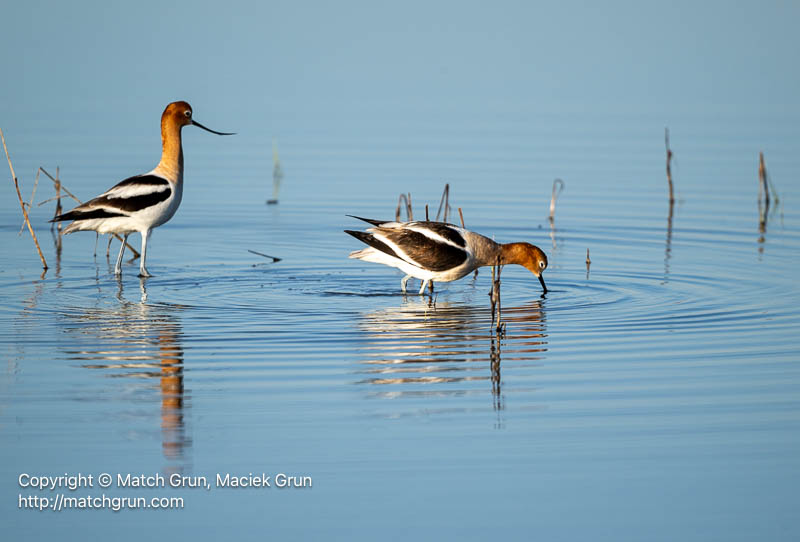
Another species that we found was the Wilson’s Phalarope. These little shorebirds spend much of their time swimming in the ponds, close to the shore, rather that wading in shallower water at the edges of the pond.
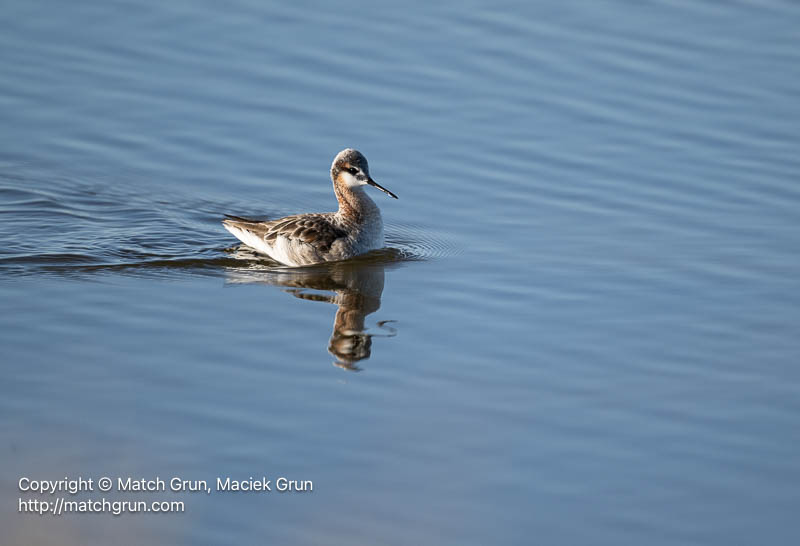
These Phalaropes typically swim in circles in the water. This spinning motion causes bugs and other food to be brought to the surface where they are consumed by the birds. In the image below, the closest Phalarope is in the middle of this “spinning” motion.

This bird then approached the shore, where I managed to capture another image where the bird is larger in frame.
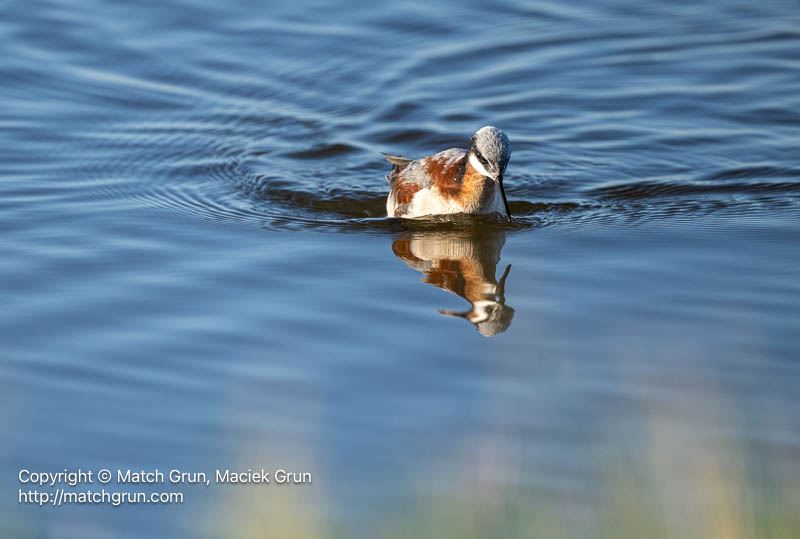
During the course of the weekend we saw many hundreds of Wilson’s Phalaropes in many of the ponds that we visited. It was quite fun the see larger flocks of birds, that were in constant spinning motions in the various ponds and wetlands that we visited.
